| Skeleton at the 2014 Winter Olympics | ||
|---|---|---|
 | ||
| Qualification | ||
| men | women | |
The following is about the qualification rules and the quota allocation for the skeleton at the 2014 Winter Olympics. [1]
| Skeleton at the 2014 Winter Olympics | ||
|---|---|---|
 | ||
| Qualification | ||
| men | women | |
The following is about the qualification rules and the quota allocation for the skeleton at the 2014 Winter Olympics. [1]
A total of 50 quota spots are available to athletes to compete at the games. A maximum 30 men and 20 women may qualify. The qualification is based on the world rankings of January 20, 2014. Athletes must compete in five different races on three different tracks during the 2012/13 season or 2013/14 season. Male athletes must be in the top 60 of the world rankings, while women need to be in the top 45. Each continent (Africa, Americas, Asia, Europe and Oceania) and the hosts are allowed to enter a sled provided they meet the above standard.
Races from October 1, 2013, until January 19 will apply to qualification for the Olympics. In general this means that the Olympic field is established by using the first seven world cup races of the 2013-14 season, but also includes results from intercontinental, Europe, and America cup races. Unused or reallocated spots will be filled by January 27, 2014.
The following summary is not indicative of assurance of Olympic qualification, but of how the allocations would be represented based on the current FIBT rankings. All tables updated to the end of all competitions on January 18, 2014.
| Nations | Men | Women | Athletes |
|---|---|---|---|
| 1 | 2 | 3 | |
| 2 | 1 | 3 | |
| 2 | 2 | 4 | |
| 2 | 3 | 5 | |
| 2 | 2 | 4 | |
| 1 | 1 | ||
| 1 | 1 | ||
| 1 | 1 | ||
| 2 | 1 | 3 | |
| 2 | 1 | 3 | |
| 1 | 1 | 2 | |
| 1 | 1 | 2 | |
| 3 | 3 | 6 | |
| 2 | 2 | ||
| 1 | 1 | ||
| 1 | 1 | ||
| 3 | 2 | 5 | |
| Total: 17 NOCs | 27 | 20 | 47 |
Current ranking by nation as of January 18 (7 of 7 races) [2] The FIBT has not released official qualification results and the below is based on world rankings and team announcements from the various countries.
| Sleds qualified | Athletes total | Rank of applicable sled |
|---|---|---|
| 3 | 6 | |
| 2 | 14 | |
| 1 | 7 | |
| 30 | 15 NOC's |
Current ranking by nation as of January 17 (7 of 7 races). [2] The FIBT has not released official qualification results and the below is based on world rankings and team announcements from the various countries.
| Sleds qualified | Athletes total | Rank of applicable sled |
|---|---|---|
| 3 | 6 | |
| 2 | 8 | |
| 1 | 6 | |
| 20 | 20 | 12 |

Skeleton is a winter sliding sport in which a person rides a small sled, known as a skeleton bobsled, down a frozen track while lying face down and head-first. The sport and the sled may have been named from the bony appearance of the sled.
The skeleton competition of the Vancouver 2010 Olympics was held at Whistler Sliding Centre. The events were held between the 18 and 19 February 2010. This event was expanded to four runs over two days beginning at these Olympic Games.
The following is about the qualification rules and the quota allocation for the bobsleigh at the 2014 Winter Olympics.
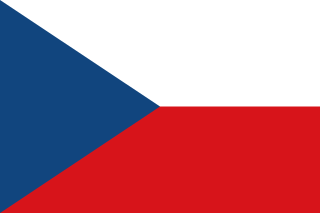
Czech Republic competed at the 2014 Winter Olympics in Sochi, Russia, from 7 to 23 February 2014. A team of 83 athletes in 11 sports competed for the country.
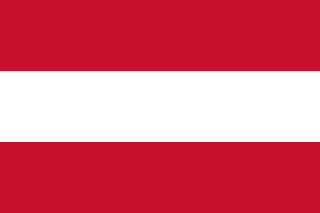
Austria competed at the 2014 Winter Olympics in Sochi, Russia, from 7 to 23 February 2014. The team was composed of 132 athletes in 14 sports, consisting of 90 men and 42 women. The 132 athletes is 27 more than the country's previous largest Winter Olympics team.
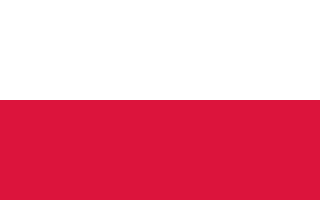
Poland competed at the 2014 Winter Olympics in Sochi, Russia, from 7 to 23 February 2014. The Polish team consisted of 59 athletes in 11 sports, which was the largest ever Polish team, surpassing the 56 athletes that competed in 1972. With 4 gold medals won, this was the most successful Winter Olympics for Poland in its history.
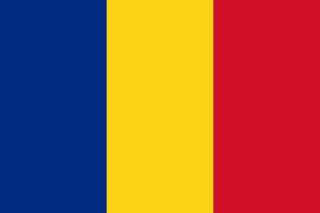
Romania competed at the 2014 Winter Olympics in Sochi, Russia, from 7 to 23 February 2014. A team of 24 athletes in seven sports was announced on 24 January 2014, representing a decline of five athletes from four years prior. The best results were two 17th places in bobsleigh.
The following is about the qualification rules and the quota allocation for the luge at the 2014 Winter Olympics.

Switzerland competed at the 2018 Winter Olympics in Pyeongchang, South Korea, from 9 to 25 February 2018, with 166 competitors in 14 sports. They won 15 medals in total, ranking 7th in the medal table.
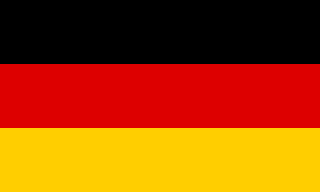
Germany competed at the 2018 Winter Olympics in Pyeongchang, South Korea, from 9 to 25 February 2018, with 153 competitors in 14 sports. They won 31 medals in total, 14 gold, 10 silver and 7 bronze, ranking second in the medal table after Norway at the 2018 Winter Olympics. Germany excelled in ice track events, biathlon, Nordic combined and Ski jumping. The men's ice hockey team took a silver medal, having lost a closely contested final to Olympic Athletes from Russia.

Austria competed at the 2018 Winter Olympics in Pyeongchang, South Korea, from 9 to 25 February 2018, with 105 competitors in 12 sports. They won 14 medals in total: five gold, three silver and six bronze; ranking 10th in the medal table.
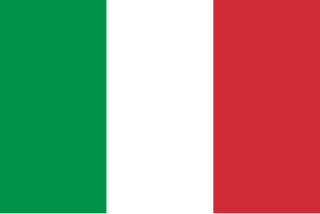
Italy competed at the 2018 Winter Olympics in Pyeongchang, South Korea, from 9 to 25 February 2018, with 120 competitors in 14 sports. They won ten medals in total, three gold, two silver and five bronze, ranking 12th in the medal table. Short-track speed skater Arianna Fontana, who was also the flag bearer at the opening ceremony, was the country's most successful athlete, having won three medals, one of each color.
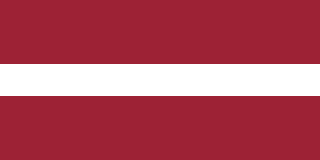
Latvia competed at the 2018 Winter Olympics in Pyeongchang, South Korea, from 9 to 25 February 2018, with 34 competitors in 9 sports. They won one bronze medal in two-man bobsleigh and ranked 28th in the medal table.

Romania competed at the 2018 Winter Olympics in Pyeongchang, South Korea, from 9 to 25 February 2018, with 27 competitors in 8 sports.
The following are the criteria, rules, and final standings for qualification for the bobsleigh competitions at the 2018 Winter Olympics.
The following were the criteria, rules, and standings for qualification for the Skeleton competitions at the 2018 Winter Olympics.
The following is about the qualification rules and the quota allocation for the luge at the 2018 Winter Olympics.
The following is about the qualification rules and the quota allocation for the luge at the 2022 Winter Olympics.
The following is about the qualification rules and the quota allocation for the bobsleigh at the 2022 Winter Olympics.